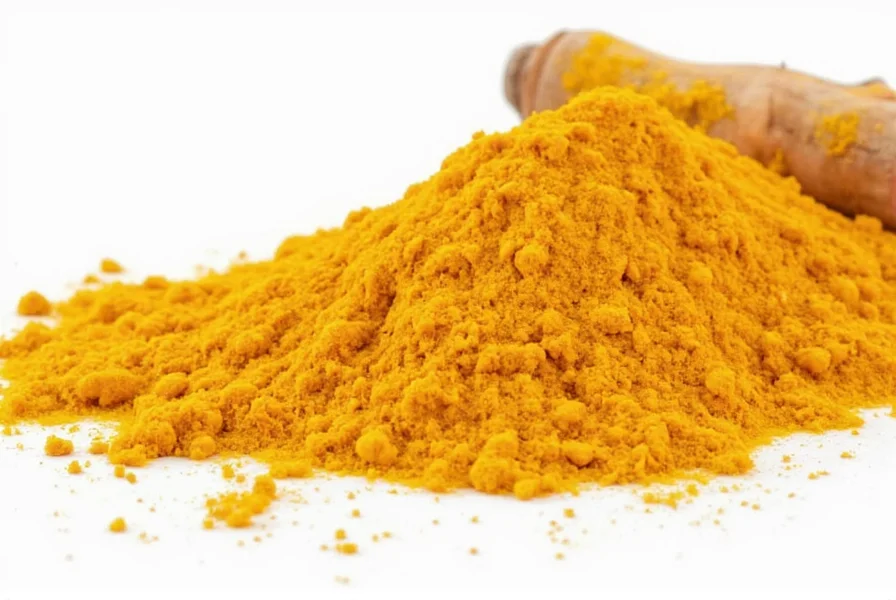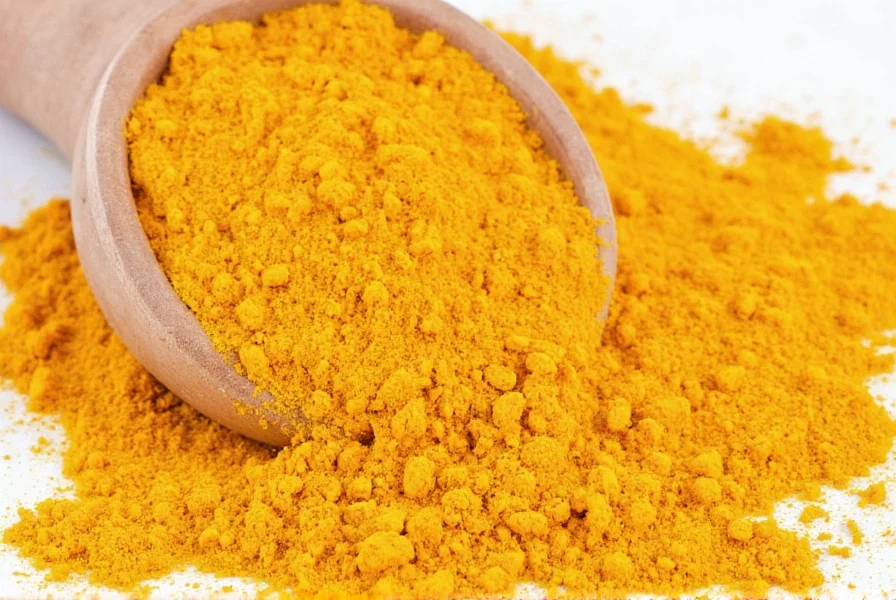When you're discussing this popular spice in conversations, cooking classes, or health discussions, using the correct pronunciation builds credibility and ensures clear communication. The word turmeric follows specific phonetic patterns that many English speakers overlook, leading to the widespread but incorrect 'tur-MER-ick' version.
Phonetic Breakdown of Turmeric
Understanding the precise phonetic structure helps tremendously when learning how to say turmeric correctly:
| Syllable | Phonetic Spelling | Sound Description |
|---|---|---|
| Tur | TER | Like "her" but starting with 't' (tɜːr) |
| mer | mer | Like "mermaid" (mɛr) |
| ic | ik | Short 'i' as in "tick" (ɪk) |
When spoken fluidly, the three syllables blend into TER-mer-ik, with the primary stress falling on the second syllable. This creates a natural rhythm of ter-MER-ik rather than the commonly mispronounced tur-MER-ick.
Why People Mispronounce Turmeric
The misspelling and mispronunciation 'tur-MER-ick' has become so widespread that many dictionaries now list it as an acceptable variant, though it remains technically incorrect based on the word's etymology. This common turmeric pronunciation mistake happens for several reasons:
- Spelling influence - People naturally want to pronounce every letter they see
- Latin root confusion - The scientific name Curcuma longa influences expectations
- Regional variations - Some dialects naturally drop certain consonant sounds
- Media reinforcement - Hearing others use the incorrect version repeatedly
Professional chefs, nutritionists, and linguists consistently use the TER-mer-ik pronunciation when discussing this golden spice in formal settings. When learning how to pronounce turmeric correctly, remember that English often simplifies complex foreign words through centuries of usage.
Turmeric's Linguistic Journey
Understanding the etymology provides valuable context for turmeric pronunciation in English. The word entered English through:
- Medieval Latin: termerica
- Arabic: kurkum
- Persian: gûr-gûm
- Indian languages (Sanskrit): haridrā
As the word traveled from South Asia through Middle Eastern trade routes to Europe, its pronunciation naturally evolved. English speakers in the 14th century adopted a simplified version that dropped the initial 'k' sound and modified the vowel patterns to fit English phonetics. This historical context explains why the correct pronunciation of turmeric doesn't match its spelling.

Regional Pronunciation Variations
While TER-mer-ik represents the standard English pronunciation preferred in professional contexts, regional differences exist:
- British English - Slightly longer 'er' sound: ter-MEH-rik
- American English - More clipped: ter-MER-ik
- Australian English - Sometimes: tur-MER-ik (accepting the common variant)
- Indian English - Closer to the original: tur-MER-ik (reflecting the Hindi "haldi")
When discussing turmeric pronunciation guide details with international colleagues or in multicultural settings, recognizing these variations prevents unnecessary correction of others' speech patterns. The key is understanding why the standard English pronunciation developed as TER-mer-ik despite the spelling suggesting otherwise.
Memory Techniques for Correct Turmeric Pronunciation
Here are practical methods to remember how to say turmeric properly:
- Rhyme association - "The doctor prescribed TERmeric for her arthritis"
- Syllable emphasis - Clap twice: "ter (clap) MER (clap) ik"
- Word substitution - Replace with "hermeric" to feel the correct 'r' placement
- Minimal pair practice - Alternate between "TERrific" and "TERmeric"
Professional speakers, including chefs on cooking shows and health experts in documentaries, consistently use the TER-mer-ik pronunciation. When researching turmeric pronunciation in English, listening to reputable sources like BBC broadcasts or academic lectures provides excellent auditory references.
Related Terms and Their Pronunciations
When discussing turmeric, you'll often encounter related terms that have their own pronunciation challenges:
| Term | Correct Pronunciation | Common Mistake |
|---|---|---|
| Curcumin | kur-KYOO-min | cur-CUE-min |
| Curry | KER-ee | CUR-ee |
| Ginger | JIN-jer | GEN-ger |
| Saffron | SAY-fren | SAF-ron |
Mastering these related pronunciations creates a more professional impression when discussing culinary ingredients and health supplements. The correct pronunciation of turmeric fits within this broader pattern of spice terminology that often defies straightforward spelling-based pronunciation.

Why Correct Pronunciation Matters
While some might consider turmeric pronunciation a minor detail, using the correct version offers several advantages:
- Professional credibility - Chefs and nutritionists notice when you use proper terminology
- Cultural respect - Honors the word's linguistic journey from South Asia
- Clear communication - Prevents confusion in professional settings
- Language precision - Demonstrates attention to detail in communication
When searching for a turmeric pronunciation guide, remember that language evolves but maintaining standard pronunciations preserves clarity across different English-speaking communities. The next time you're at a farmers market, cooking class, or health food store, try using TER-mer-ik confidently—you'll likely notice knowledgeable vendors and professionals responding with greater engagement.










 浙公网安备
33010002000092号
浙公网安备
33010002000092号 浙B2-20120091-4
浙B2-20120091-4